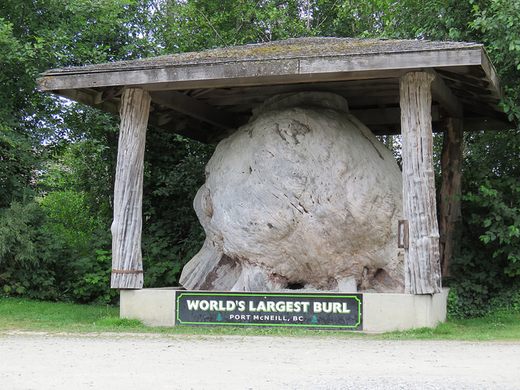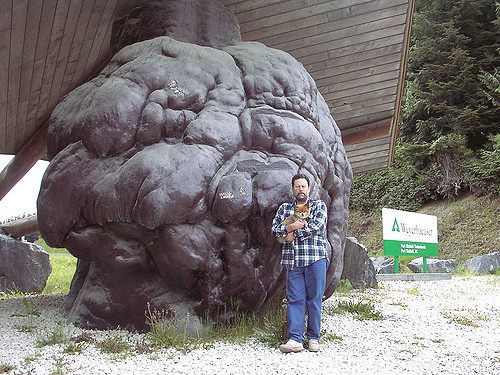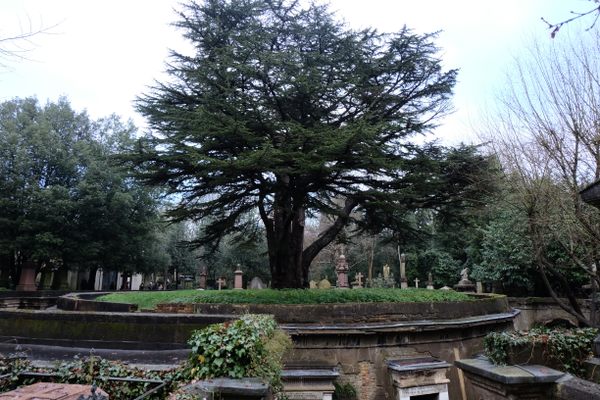The Ronning Burl
A Canadian port town is oddly home to two of the largest tree burls in the world.
A burl is basically a tree’s version of a tumor. Excessive cell growth causes a large bulbous growth to form on the outside of the trunk. These burls (also called burrs) range from the size of a fist to absolutely enormous, like the Ronning Burl in Port McNeill, British Columbia.
Weighing an estimated 30 tons, and measuring just under 20 feet tall and 20 feet in diameter, this giant natural outgrowth claims to be the largest burl in the world. It was removed from a tall Sitka Spruce tree (Picea sitchensis) on Vancouver Island in 2005, and brought to Port McNeill to be put on display in a waterfront park downtown.
Established in 1937, Port McNeill was a hub for logging operations in the North Island region of Vancouver Island, so it’s not an entirely inappropriate location for this quirky attraction. But strangely, the town has the distinction of being home to not one, but two of the largest tree burls in the world.
The other giant burl, which claimed to be the world’s largest until the Ronning Burl was discovered, is displayed off SW Main Road under an unassuming wooden structure next to the Western Forest Products building. That one was discovered back in 1976, also cut from an old Sitka Spruce. Oddly, neither of these unofficial record holders come from the giant Redwood trees, which usually have the biggest burls of all the tree species.
Know Before You Go
The map coordinates above are for the Ronning Burl, located in a waterfront park near downtown Port McNeill. It sits on a covered platform with a large sign boasting “World’s Largest Burl,” and a smaller informational sign clarifying that it is the unofficial title holder. The other, formerly largest burl is located at 1921 SW Main Rd, where it intersects with Highway 19. That burl was covered in a dark brown fiberglass mold to prevent decay.















Follow us on Twitter to get the latest on the world's hidden wonders.
Like us on Facebook to get the latest on the world's hidden wonders.
Follow us on Twitter Like us on Facebook